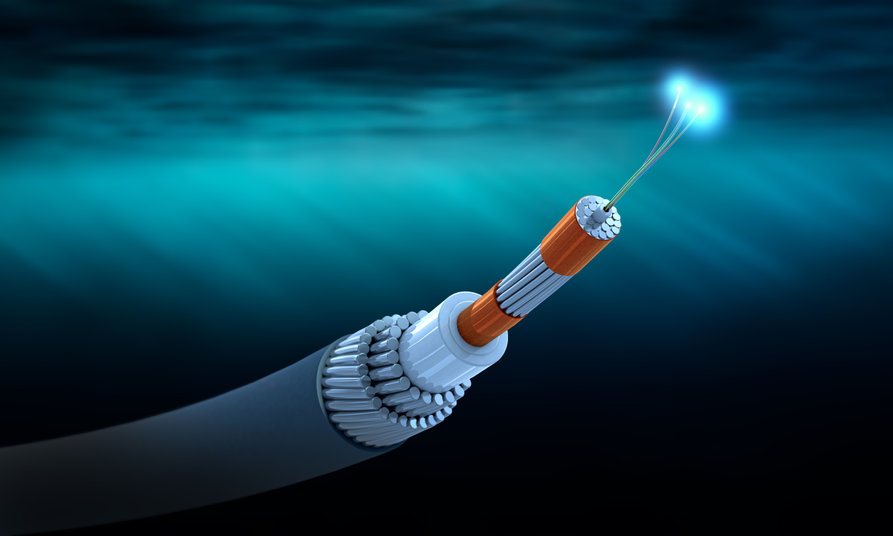Out with the old cable system in with the new

Nothing lasts forever, not even submarine cables. Take the case of TAT-14, the transatlantic cable system that interconnected the USA, the UK, France, the Netherlands, Germany and Denmark. TAT-14 had a ring topology with two transatlantic cables interconnected by cable segments at each end with a total length of 15,428 kilometres.
TAT-14 was commissioned in 2001 and upgraded in 2011 to satisfy the demand for more capacity. But, despite the upgrade, the decision was made to retire TAT-14 with its last traffic carried in 2020.
So, what was the reason for its demise? The answer, as always, is economics. Older systems cost more to maintain while the latest technologies allow far higher capacity and greater reliability. The Havfrue cable system, which replaced TAT-14 in 2020, has ten times the capacity of the older system and links the USA with Ireland, Denmark and Norway.
Recently it was announced that a new IOEMA cable system will complement Havfrue by linking UK, the Netherlands, Germany, Denmark and Norway with connections to the transatlantic links of Havfrue.
Much of TAT-14’s cables has been recovered from the seabed by Subsea Environmental Services which specialises in the recovery and recycling of retired submarine cables. So, the cycle of life continues – out with the old, in with the new.
The PTT online course “Telecommunications networks” introduces the operation and capabilities of the terrestrial, submarine, and satellite links that provide modern communications services.